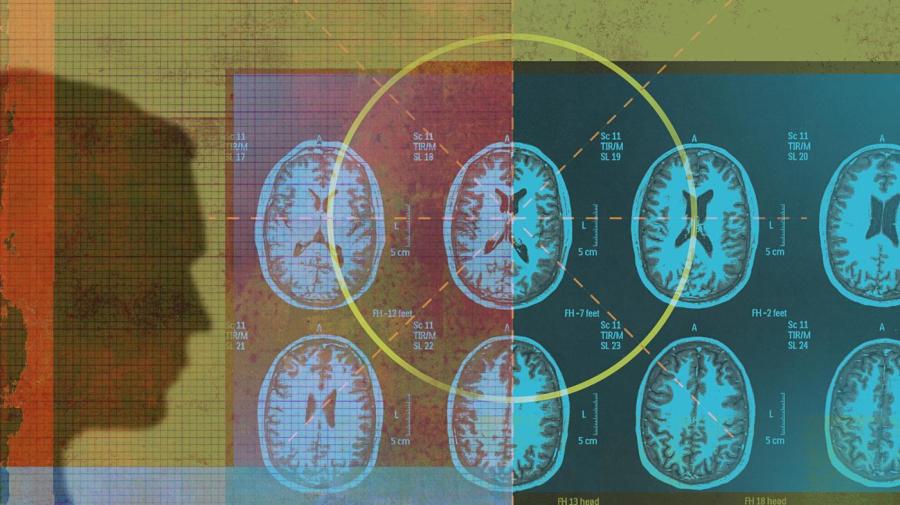What Is Microvascular Disease of the Brain?

Microvascular disease of the brain is a condition that affects the communication between large arteries supplying blood to the brain and their smaller arterial branches, according to the National Institutes of Health. The development of microvascular disease in the brain is related to microscopic brain bleeds and silent cerebral strokes.
Microvascular disease is caused by age-related changes in the brain and has also been linked to hypertension. The effects of diseased brain arterioles show up in imaging studies as subcortical lesions, as well as in strokes caused by the blockage of the small blood vessels that go deep into the brain, in microbleeds and in white matter lesions, according to NIH. The disease has been linked to broader vascular conditions such as vascular dementia, a condition caused by the loss of blood supply to parts of the brain, according to the Alzheimer’s Association.
MRI scan studies have revealed that increased levels of uric acid in the blood is one of the causes of cerebral microvascular disease, according to NIH. Other causes of the disease include hypertension, diabetes, smoking, high cholesterol and a sedentary lifestyle, according to NetWellness. The changes caused by microcascular changes, such as vascular cognitive impairment, are often concurrent with other conditions such as Alzheimer’s disease, reports the Alzheimer’s Association.





